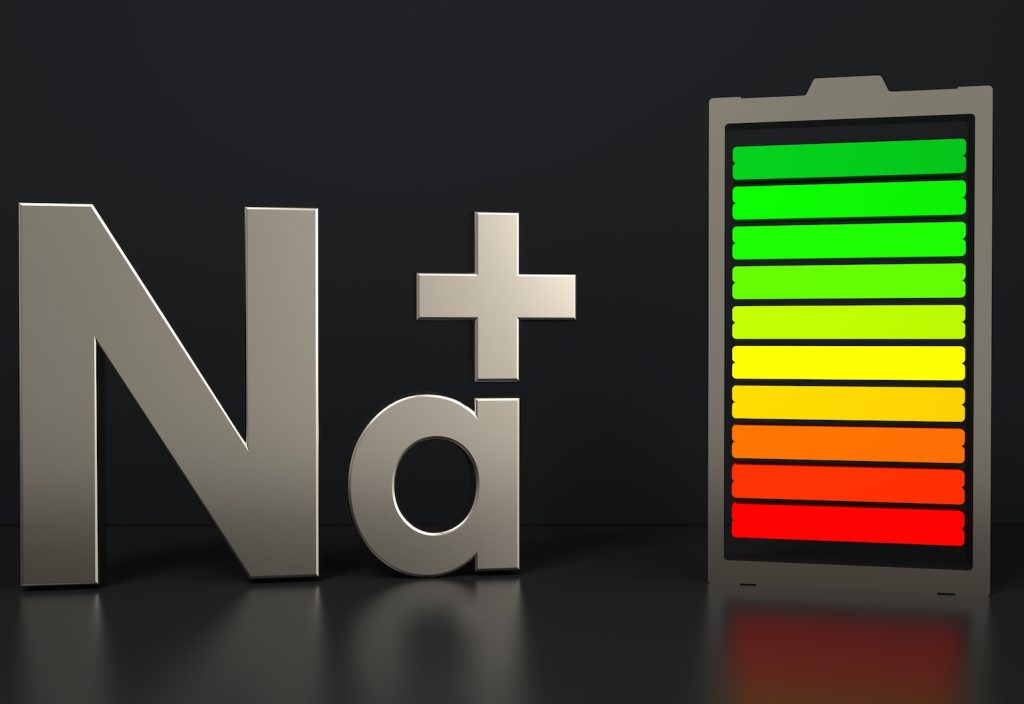If there’s one area of technology that could revolutionise future products, energy, decarbonisation and more, it’s batteries. Researchers at The University of Sydney say they’re close to a breakthrough.
If all goes well in the next phase of their study, which will help researchers transition their battery technology to industrial-level testing, a new battery technology could be ready to go to market in less than five years. So says Dr Shenlong Zhao, ARC DECRA Research Fellow in the School of Chemical and Biomolecular Engineering at the University of Sydney.
This announcement follows a significant breakthrough in the laboratory that confirmed the viability of a new type of sodium-sulphur battery technology. The new technology enables four times the capacity of lithium-ion batteries and can be produced at a dramatically lower cost.
“The battery’s components have unique features and are high capacity, with the non-toxic anode made of sodium,” Zhao says. “Sodium is highly plentiful in nature, with the largest supply being seawater, whereas lithium is relatively scarce.”
“Sodium stores a great number of electrons, which allows for longer battery life. 16 electrons can be stored in an S8 structure during the charging process, making each battery a high-capacity powerhouse.”
Lab-scale sodium-sulphur coin batteries have been produced by Zhao and his team, within the University’s chemical engineering facility. Now, it’s time to scale things up.
Isn’t this old tech?
Of course, sodium-sulphur (Na-S) batteries are not exactly new – the technology has been around for several decades. But old-style Na-S batteries have rarely been a first-choice option, thanks to their short life-cycles and their running temperatures.
“The biggest difference between old-style Na-S batteries and ours is their operation temperature,” Zhao says. “Ours is able to operate at room temperature, making it safe and useable for everyday applications.”
During the synthesis process for the new version of the technology, the researchers prepare a mixture containing sulphur, molybdenum precursors and carbon. The mixture is then thermally treated at 300 degrees Celsius for 12 hours.
“The most technical challenge of the project has been materials component optimisation,” he says. “Many experiments were carried out to alter the chemical components of single-layer MoS2 (molybdenum disulfide) and single molybdenum atoms by optimising the synthesis temperatures.”
The most exciting innovation, Zhao says, was the successful construction of an atomically dispersed, dual-site cathode with a record-high sulphur mass loading. The innovation is that the cathode is composed of two sites, one of which has a high-mass loading of sulphur.
Why is this significant? By addressing the issue of sulphur loading in cathodes, the capacity and recyclability of the technology is vastly improved.
How might the battery revolutionise technology?
Zhao’s team at The University of Sydney says the battery “has been specifically designed to provide a high-performing solution for large renewable energy storage systems, such as electrical grids, while significantly reducing operational costs”.
A paper published in the journal Advanced Materials said, “Sulphur is an attractive electrode material for next-generation battery systems because of its abundant resources and high theoretical capacity.”
“Room-temperature sodium-sulphur (RT-Na/S) batteries possess high potential for grid-scale stationary energy storage due to their low cost and high energy density.”
As their battery boasts so many potential advantages over current, lithium-ion technology, the team at The University of Sydney is confident of the upsides.
“Compared with traditional lithium-ion batteries, this technology has many advantages in capacity, cost and environment protection,” Zhao says.
“The theoretical capacity of Na-S batteries is four times higher than lithium batteries. Li-ions are toxic, whereas Na-ions are food level. And Na-ions are abundant, but lithium is scarce.”
“If we can transition to industrial-level testing and all goes well, hopefully within one or two years we’ll join forces with a local company and develop the technology further. The aim will be to have a go-to-market product ready in the next three to four years.”
